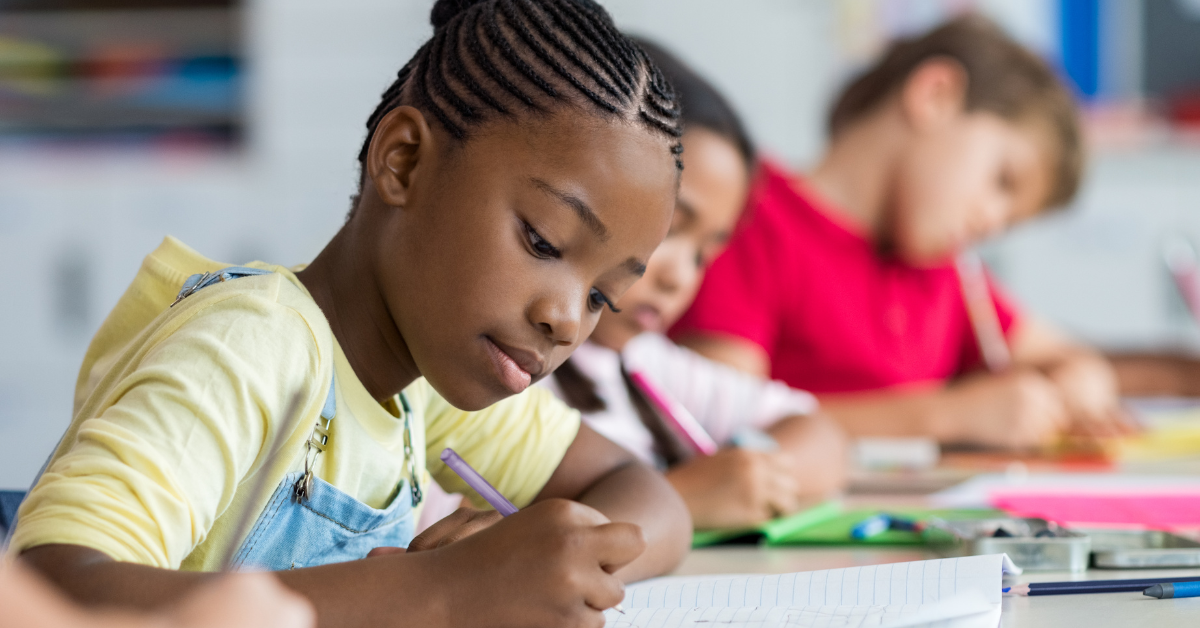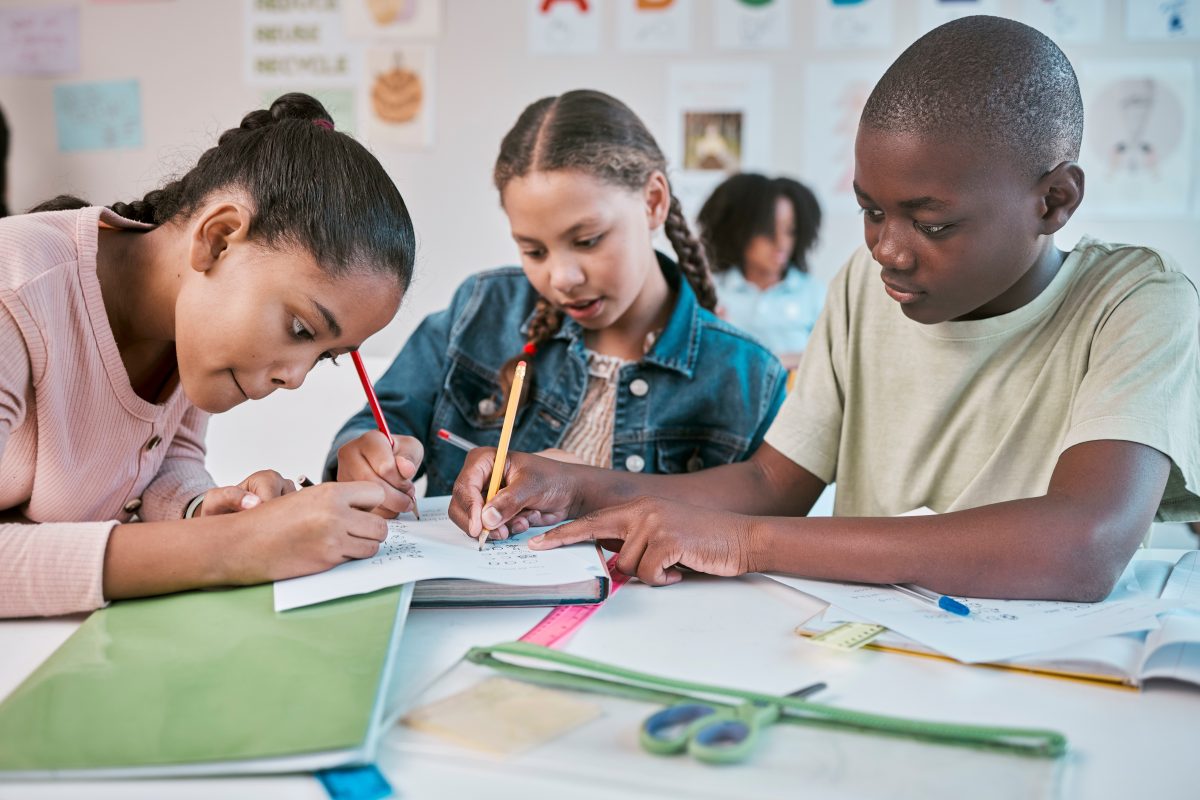American Creative Writing Education Methods: Storytelling and Journaling
American Creative Writing Education Methods: Storytelling and Journaling
Creative writing is an essential skill that nurtures imagination, communication, and self-expression. In the United States, creative writing education often emphasizes storytelling and journaling as fundamental practices to build language skills and creativity. This post will explore effective methods of fostering creative writing in children, focusing on techniques such as story creation and diary writing.
1. Why Creative Writing Matters
Creative writing is not just about putting words on paper; it is a powerful tool for cognitive and emotional development. Here are some reasons why it’s important:
- Language Mastery: Improves vocabulary, grammar, and sentence structure.
- Imagination and Creativity: Encourages original thinking and storytelling.
- Emotional Expression: Provides an outlet for processing feelings and experiences.
- Critical Thinking: Enhances problem-solving and analytical skills.
2. Storytelling as a Core Creative Writing Technique
2-1. Story Creation Activities
- Story Starters: Give a sentence or a prompt to kickstart creativity.
- Example: “One day, I found a secret door in my backyard...”
- Character Building: Develop characters with unique traits and backgrounds.
- Setting Exploration: Describe places vividly to immerse readers in the scene.
- Plot Mapping: Outline the beginning, middle, and end before writing.
Benefits of Storytelling
- Imagination Boost: Lets children explore fictional worlds.
- Narrative Skills: Teaches how to structure stories coherently.
- Creative Freedom: Encourages experimenting with genres and styles.
2-2. Collaborative Storytelling
- Group Story Chains: Each child contributes a sentence or paragraph.
- Class Story Projects: Work together to write a long, multi-chapter story.
- Online Story Sharing: Use platforms like Storybird to publish and share stories.
3. Journaling: A Personal Reflection Practice
3-1. The Power of Journaling
Journaling helps children reflect on their thoughts and experiences while improving writing fluency. It is a valuable habit that nurtures self-awareness and personal growth.
Types of Journals
- Personal Diaries: Record daily events and feelings.
- Gratitude Journals: Focus on positive experiences and what they’re thankful for.
- Dream Journals: Capture dreams and interpret their meanings.
- Travel Journals: Document adventures and new experiences.
3-2. Daily Journal Prompts
- “What was the best part of your day and why?”
- “If you could be any animal for a day, what would you be?”
- “Describe a place you want to visit and why.”
- “What makes you feel happiest and why?”
Benefits of Journaling
- Emotional Processing: Helps children deal with emotions in a healthy way.
- Routine Building: Encourages consistent writing practice.
- Self-Expression: Provides a safe space to share thoughts without judgment.
4. Enhancing Creative Writing with Technology
4-1. Digital Storytelling Apps
- StoryJumper: Create and share digital storybooks.
- WriteReader: Supports young learners in creating their own eBooks.
- Book Creator: Combine text, images, and audio to craft interactive stories.
4-2. Writing Platforms for Kids
- KidBlog: Safe blogging platform for young writers.
- BoomWriter: Collaborative writing with classmates or friends.
- Penzu for Kids: An online journaling tool with customizable privacy settings.
5. Tips for Parents to Support Creative Writing
5-1. Encourage Daily Writing
- Set Aside Time: Dedicate 15-20 minutes daily for writing.
- Positive Reinforcement: Praise effort and creativity.
- Provide Inspiration: Share interesting prompts or story ideas.
5-2. Create a Writing-Friendly Environment
- Quiet Space: Set up a calm, distraction-free area for writing.
- Writing Supplies: Provide colorful pens, notebooks, and stickers for motivation.
- Display Their Work: Showcase completed stories or journals around the house.
5-3. Share Stories as a Family
- Read Aloud Sessions: Let children share their stories with family members.
- Story Nights: Dedicate evenings to storytelling and sharing journal entries.
- Story Exchange: Swap stories with friends or relatives.
6. Final Thoughts
Creative writing is a vital skill that nurtures not only language proficiency but also personal and emotional development. By integrating storytelling and journaling into daily routines, parents and educators can help children develop a love for writing while boosting their imagination and confidence. Start today by introducing a simple story prompt or encouraging your child to start a personal journal!
Related Keywords
Creative writing education USA, storytelling techniques for kids, journaling for children, building writing skills in young learners, imaginative writing activities
Amazon best seller

:max_bytes(150000):strip_icc()/GettyImages-648946504-5c57d7cdc9e77c000159a755.jpg)





Comments